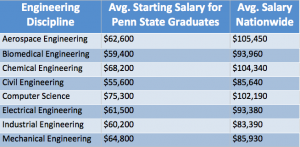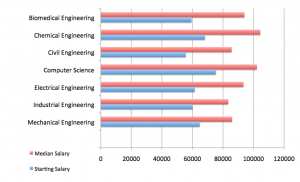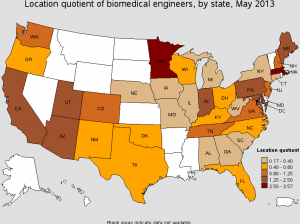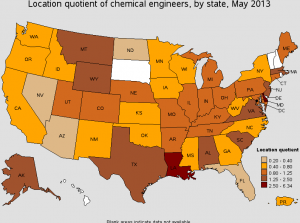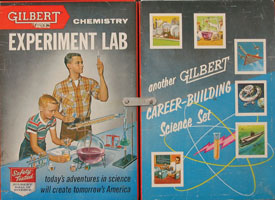While many students are drawn to studying engineering because of it’s use of math and science to solve real-world problems, many students undoubtedly are also attracted to the potential payoff. Because of the demand for technically proficient engineers, students graduating with a degree in an engineering discipline tend to have some of the highest salaries of all college graduates. However, sometimes it’s difficult to find reliable salary information for various branches of engineering, so I have attempted to assemble some data relevant to engineering students at Penn State. My hope is that this information could be used by prospective or current students to evaluate their future career path.
In this post, I compare 8 of the most popular engineering majors at Penn State: Aerospace Engineering, Biomedical Engineering, Chemical Engineering, Civil Engineering, Computer Science, Electrical Engineering, Industrial Engineering, and Mechanical Engineering. The following table includes data from Penn State’s Engineering Career Resources as well as the Bureau of Labor Statistics.
This data gives a rough idea of how engineering salaries are distributed at the outset and throughout careers. However in addition to salary, many students want to know where most jobs in their field are located. For example, there is a high concentration of jobs for computer science majors in Silicon Valley area. Massachusetts is also home to a high number of biomedical engineering jobs. So in addition to salary, students should take into account where their choice of major will most likely take them. The Bureau of Labor Statistics has some fantastic graphics that show where different engineering jobs are generally located. The following graphics compare the location quotients of Biomedical, Chemical, and Mechanical Engineers. The location quotient is calculated as employment in major/thousands of jobs for each state.
From this data, it’s clear that Biomedical Engineering is the most geographically limited major of the 3 compared here with a high concentration of jobs in Massachusetts and Minnesota. Chemical Engineering is slightly more geographically diverse, with the highest concentration of jobs in Delaware and Louisiana. Lastly, Mechanical Engineering is the most geographically diverse major of the 3 with the highest concentration in Michigan.
Students choosing to go into engineering can expect a lot of hard work, but also many well-paying jobs available across the country. However, each major has its’ own advantages and students should make sure to research their major thoroughly so they understand the opportunities and limitations of their major.

